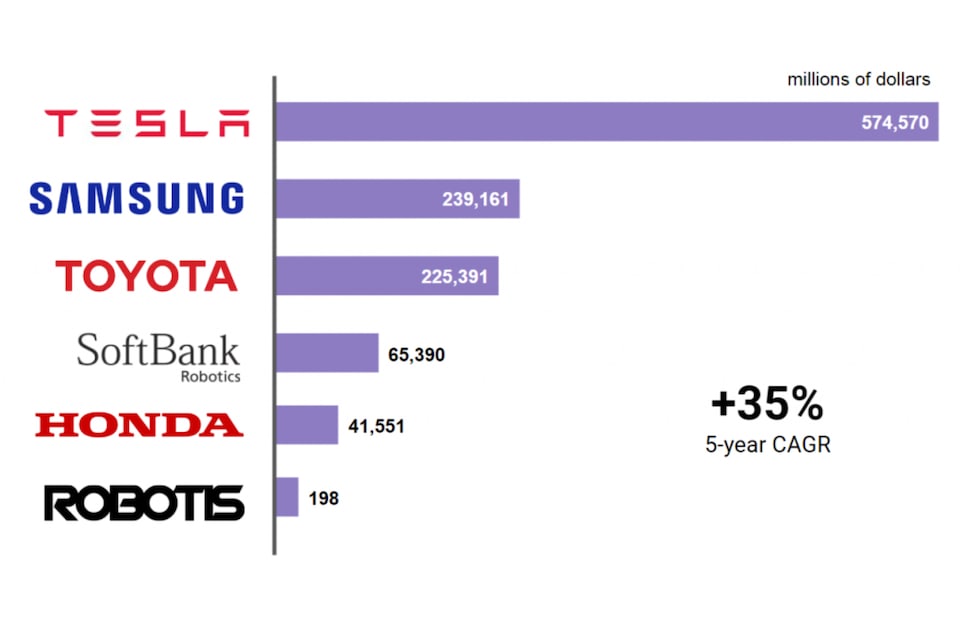The scientific community is exploring how to manufacture super efficient devices using biological hardware. Biocomputers inspired in nature, processors made of human nerve cells… Fascinating projects under a newly coined umbrella term: organoid intelligence. OI to supplement AI.
For some time, biologists have worked with engineers and programmers in the field of 'natural computing', in an effort to create a new generation of more sustainable computers inspired by nature. Studies on these "living machines," the so-called biocomputers, have been perfected over the years.
For example, Professor Dan Nicolau of McGill University (Canada) has created an electronic system based on adenosine triphosphate (ATP), a molecule present in all living organisms that supplies energy to all cells. In this case, the usual electrons in electronic circuits are replaced by small protein chains that use ATP as a propellant.
This same approach also applies to artificial intelligence (AI) with processors made from human nerve cells. A team of scientists from Johns Hopkins University (USA), together with other research institutes, has developed a project - presented in a paper in the journal Frontiers in Science - which describes the process to create a device based on biological hardware: cultivated human neurons, called brain organoids or brain-on-a-chip.
The best of both worlds
All your operational needs in one place. Invest in both traditional and digital assets with the backing and experience of the most secure Swiss banking.



